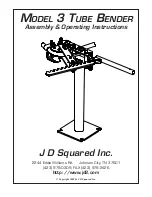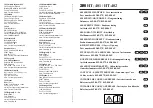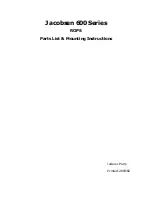
©
National Instruments Corporation
3
NI 5122/5124 Calibration Procedure
Self-Calibration
Self-calibration, also known as internal calibration, uses a software
command and requires no external connections. Self-calibration improves
measurement accuracy by compensating for variables such as temperature
that may have changed since the last external calibration. Self-calibration
retains the traceability of the external calibration.
External Calibration
External calibration is generally performed with a high-precision
oscilloscope calibrator at either NI or a metrology lab. This procedure
replaces all calibration constants in the EEPROM and is equivalent to a
factory calibration at NI. Because the external calibration procedure
changes all EEPROM constants, it invalidates the original calibration
certificate. If an external calibration is done with a traceable signal
generator source, a new calibration certificate can be issued.
Calibration Interval
Self-calibration can be performed as necessary to compensate for
environmental changes.
Caution
Although you can use self-calibration repeatedly, self-calibrating the
NI 5122/5124 more than a few times a day may cause excessive wear on the relays over
time.
The measurement accuracy requirements of your application determine
how often you should externally calibrate the NI 5122/5124.
NI recommends that you perform a complete external calibration at least
once every two years. You can shorten this interval based on the accuracy
demands of your application. Refer to the
section for more information.
Software and Documentation Requirements
This section describes the software and documentation required for both
self-calibration and external calibration.
Software
Calibrating the NI 5122/5124 requires installing NI-SCOPE version 2.7 or
later on the calibration system. You can download NI-SCOPE from the
Instrument Driver Network at
ni.com/idnet
. NI-SCOPE supports
programming the
in a number of
programming languages. However, only LabVIEW and C are supported
for the




































